Identify the products and explain their formation.
(a) 
(b) 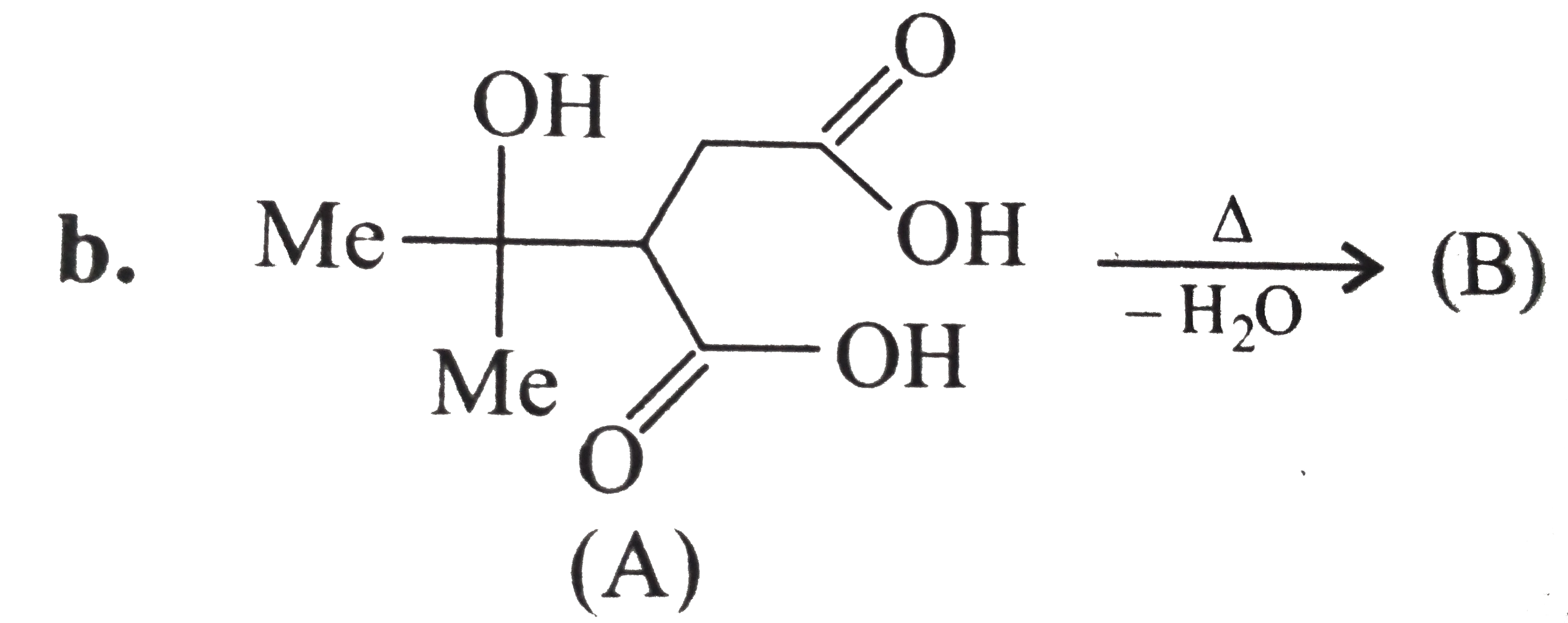
( c) 
(d) 
( e) 
(f) 
(g) 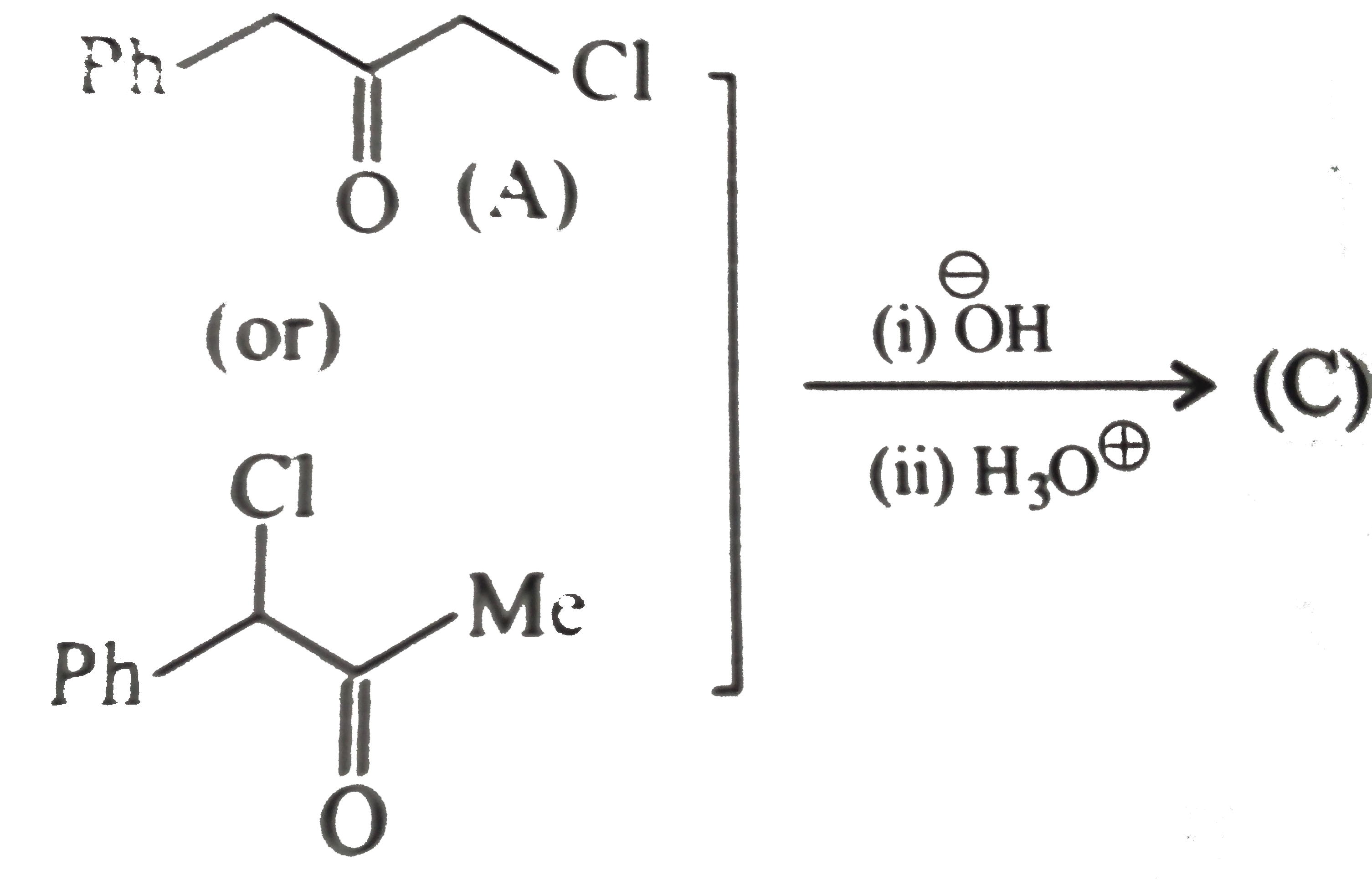
(h) 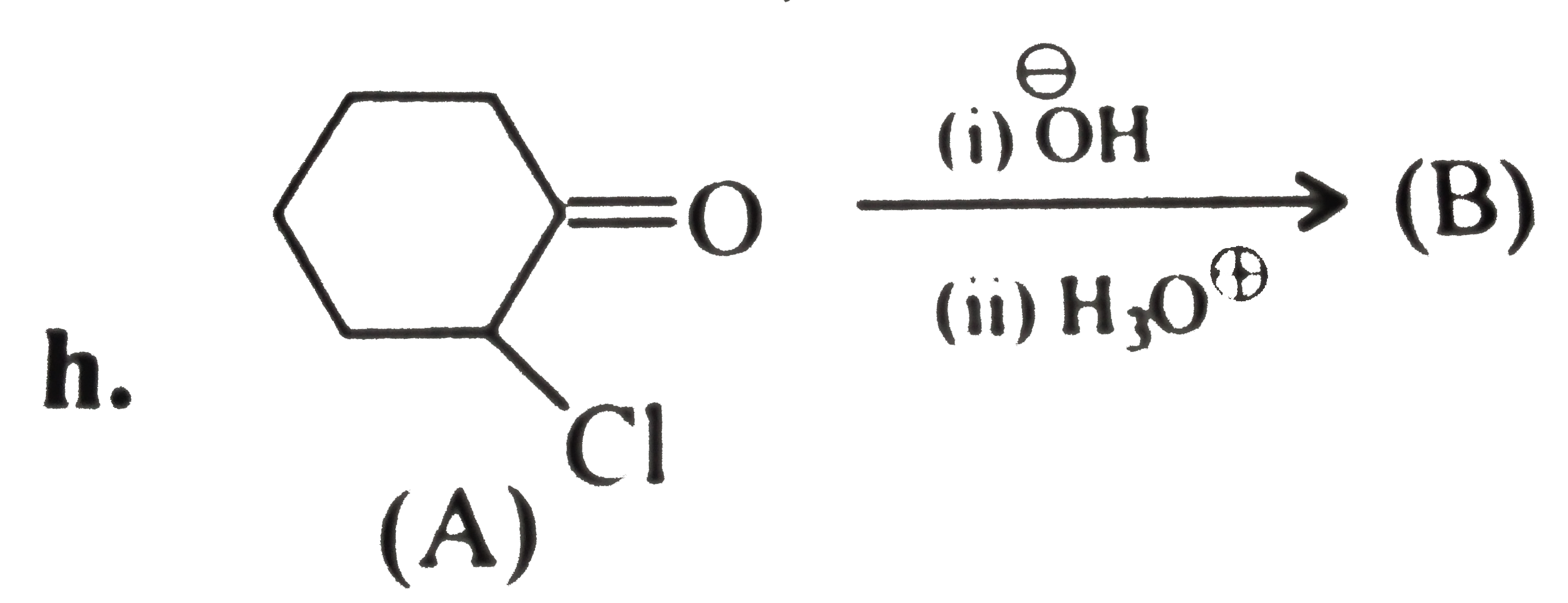
(i)  .
.
(a) 
(b) 
γ−Hydroxy acid forms a more stable five-membered cyclic lactone.
( c) (A) is an anhydride which undergoes nucleophilic acyl substitution with amine. Necleophilic attack by amine occurs perferentially at the less-hindered C−atom of the formyl group. The leaving group is MeCOOӨ ion.

(d) This problem is similar to problem (c) above. Here nuceophilic attack by amide takes place at the more-hindered side, since F3c−COOӨ is a better leaving group than MeCOOӨ ion.
 ( e) Here, a β-lactone is formed, although β−lactone is never formed from β−hydroxy acid. The formation of β-lactone in this case is due to the stabilisation of a carbocation through neighbouring group participation of (COOӨ) group.
( e) Here, a β-lactone is formed, although β−lactone is never formed from β−hydroxy acid. The formation of β-lactone in this case is due to the stabilisation of a carbocation through neighbouring group participation of (COOӨ) group.

(f) The protonation of (C=C) bond in (A) gives a stable benzyl carbocation (I) which forms γ−lactone through neighbouring group participation of (COOӨ) group.
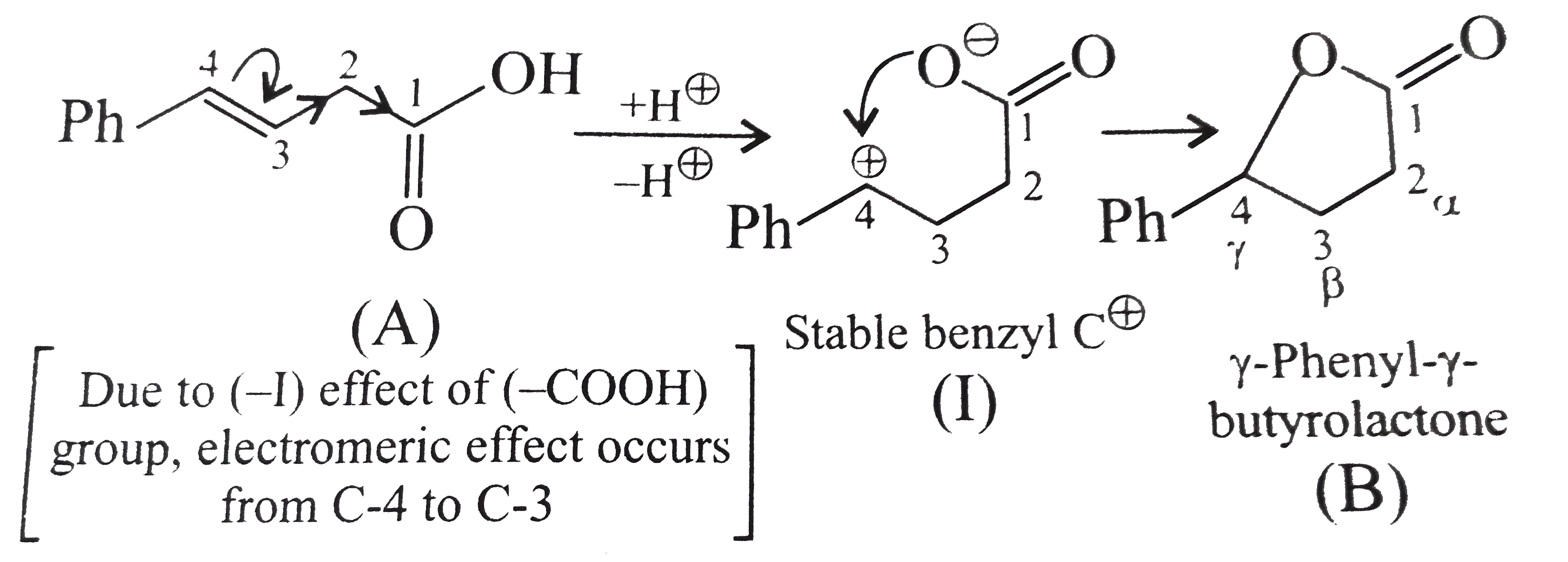
(f) The protonation of (C=C) bond on (A) gives a stable benzyl carbocation (I) which forms γ−lactone through neighbouring group participation of (COOӨ) group.
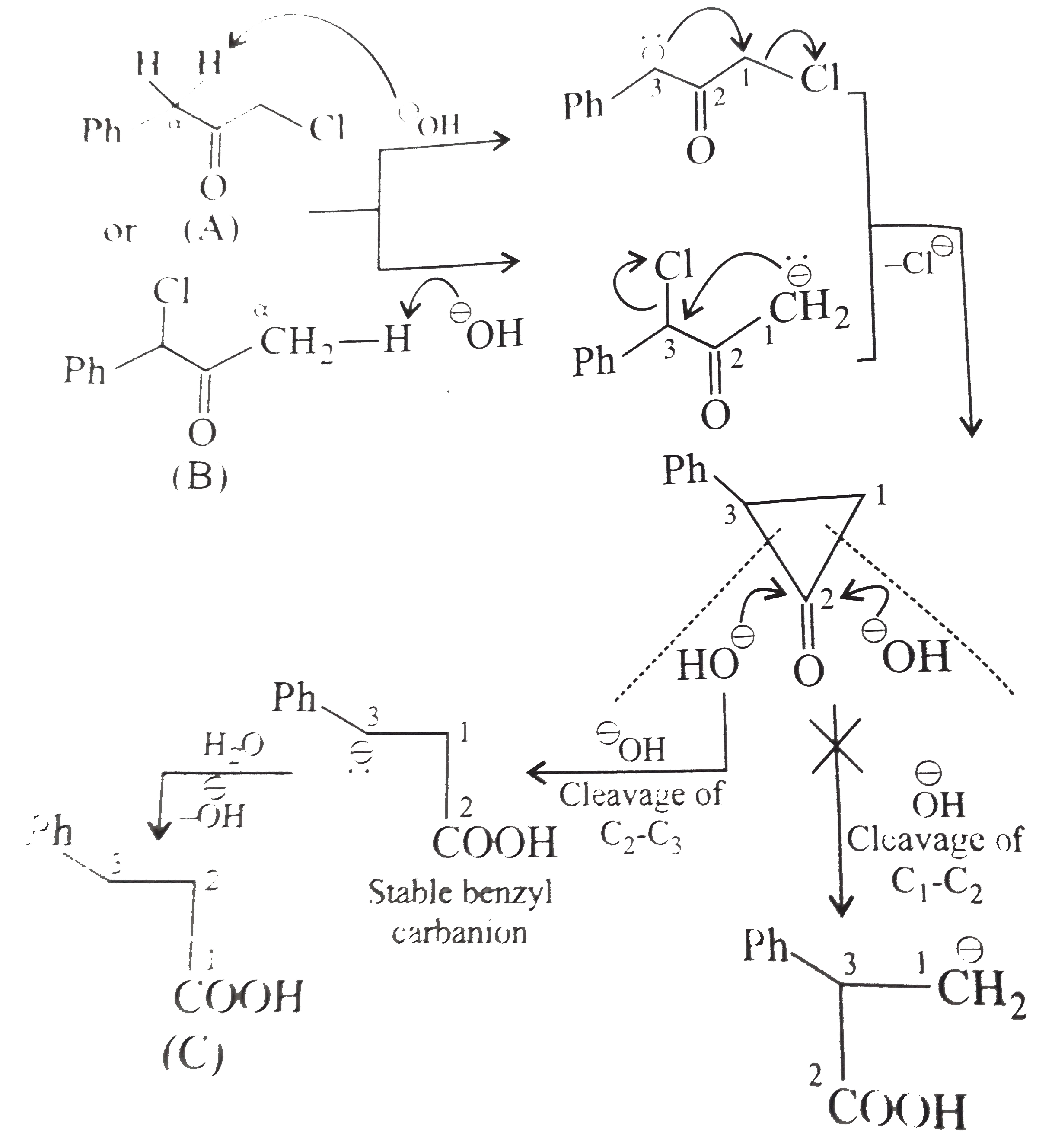
(g) It is an example of Favorskii rearrangement reaction since both (A) and (B) are α−haloketones which on reaction with a base (ROӨ) give esters or with ӨOH give acid.
The formation of the same product by both (A) and (B) suggests that a common intermediate is formed.
Base ӨOH abstracts acidic α−H atom, following by an SN2 displacement of ClӨ to give a cyclopropan. one ring. Ring opening occurs to give a more stable benzylic carbanion.

(h) It is also an example of Favorskii rearrangement reaction, since the compound (A) is an α-haloketone. Base abstracks acidic α−H atom. followed by SN2displacement of ClӨ to give a bicyclo ketone. Ring opening. followed by acidification, gives cyclopentane carboxylic acid (B).
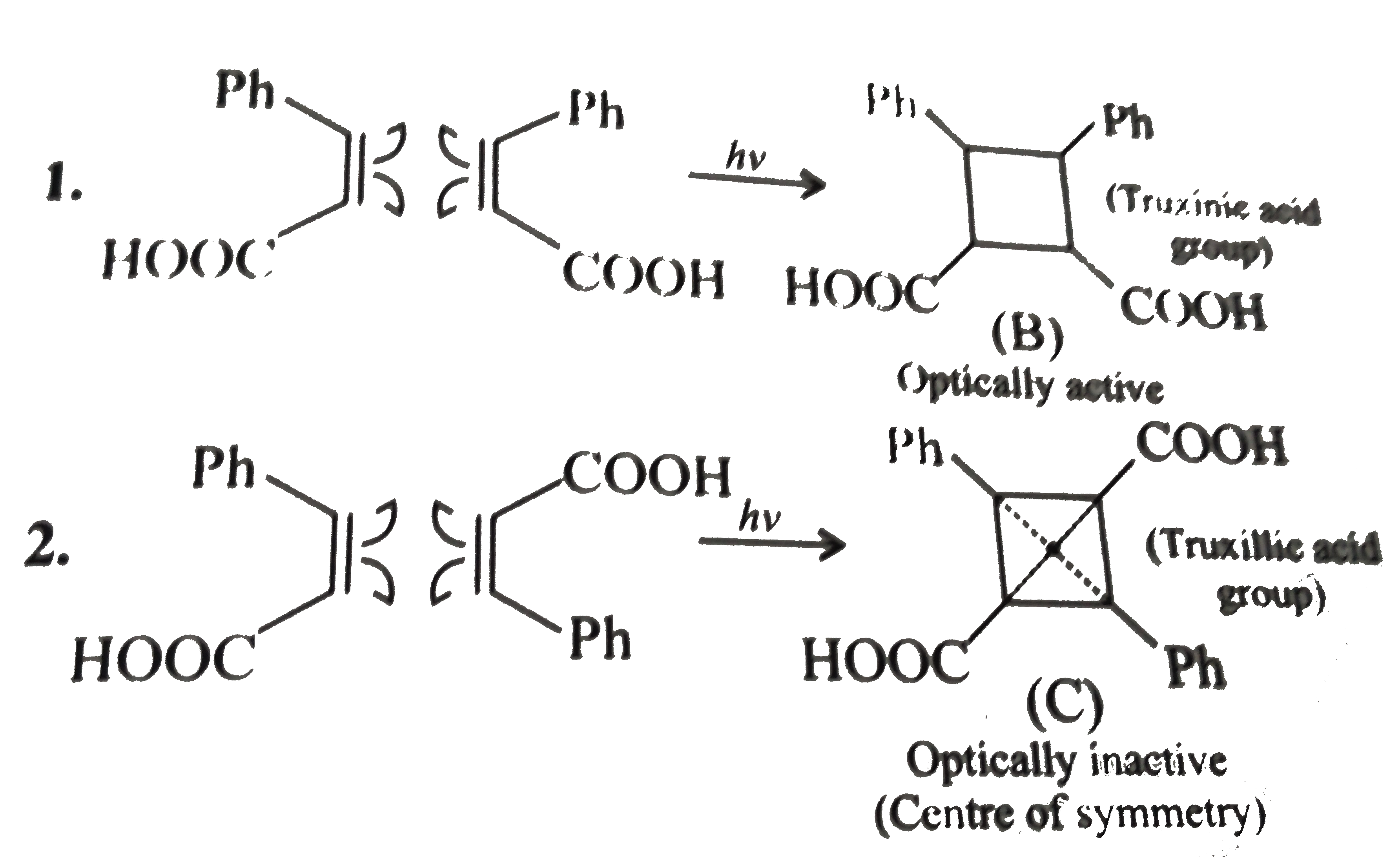
(i) The photochemical demerisation of cinnamic acid (A) is [2+2] cycloaddition reaction.
Related Playlists
- BOOK - CENGAGE CHEMISTRYCHAPTER - CARBOXYLIC ACIDS AND THEIR DERIVATIVESEXERCISE - Exercises (Subjective)19videos
CARBOXYLIC ACIDS AND THEIR DERIVATIVES
- BOOK - CENGAGE CHEMISTRYCHAPTER - CARBOXYLIC ACIDS AND THEIR DERIVATIVESEXERCISE - Exercises (Linked Comprehension)34videos
CARBOXYLIC ACIDS AND THEIR DERIVATIVES
- BOOK - CENGAGE CHEMISTRYCHAPTER - CARBOXYLIC ACIDS AND THEIR DERIVATIVESEXERCISE - Exercises Archives (Analytical And Descriptive)34videos
CARBOXYLIC ACIDS AND THEIR DERIVATIVES
- BOOK - CENGAGE CHEMISTRYCHAPTER - BIOMOLECULES, POLYMERS AND CHEMISTRY IN EVERYDAY LIFEEXERCISE - QUESTION BANK8videos
BIOMOLECULES, POLYMERS AND CHEMISTRY IN EVERYDAY LIFE
- BOOK - CENGAGE CHEMISTRYCHAPTER - CHEMICAL KINETICSEXERCISE - Archives Subjective23videos
CHEMICAL KINETICS
Similar Questions
Identify a, b, c,d,e and f in the following table :
 View Solution
View SolutionIdentify the A, B, C, D, E and F in the given diagram
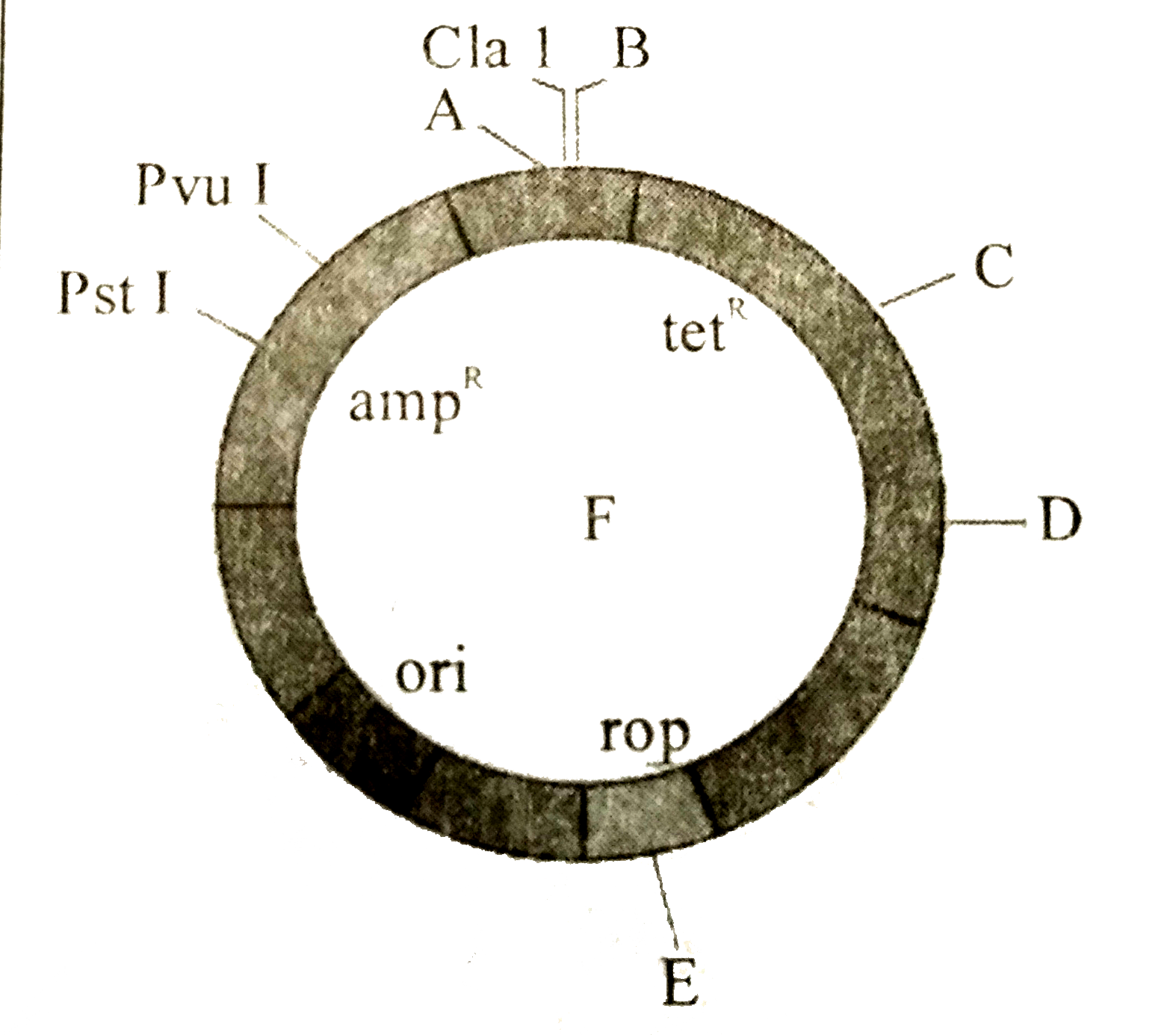 View Solution
View SolutionExplain the formation of products (B), (C), and (D) in the following reaction.
 View Solution
View SolutionLet A={a,b,c,d,e,f}, B={c,d,e,g} and C ={b,c,f,g} be subsets of the set U={a,b,c,d,e,f,g,h}. Draw Venn diagrams to represent the following sets: (i) A∩B (ii)A∪(B∩C) (iiI) A−B (iv) B−A (v) A−(B∩C) (vi) (B−C)∪(C−B)
View SolutionIdentify a, b, c, d, e and f in the table given below :
 View Solution
View SolutionIn Fig.113, if ACDF and ABCE, then (a) (b)(c)x=145, y=223(d) (e) (b) (f)(g)x=223, y=145(h) (i) (c) (d)(e)x=135, y=223(f) (g) (d) (h)(i)x=233, y=135(j) (k)
View SolutionIdentify a,b,c,d, e and f in the table give below:
 View Solution
View Solution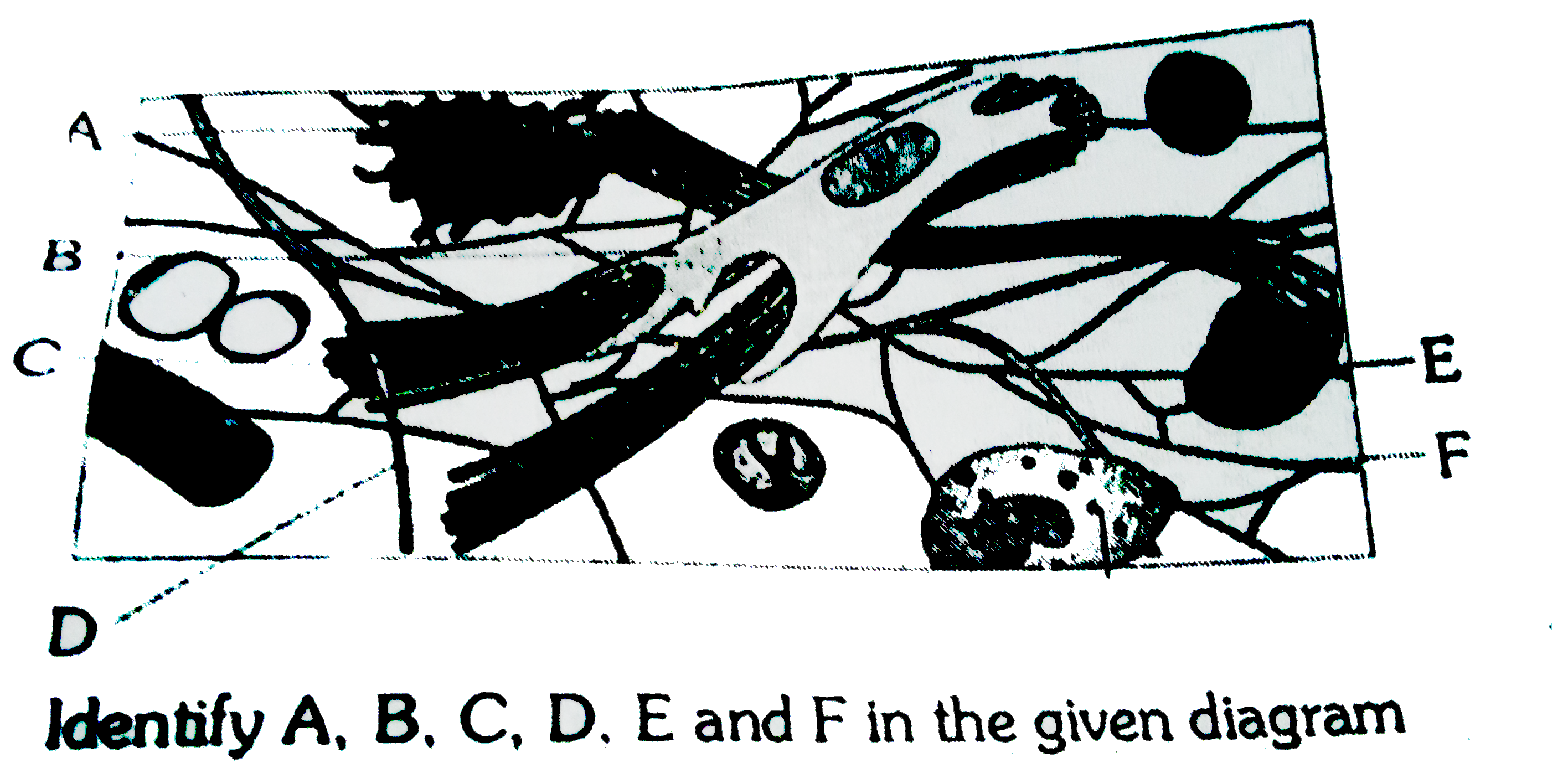 ltbr Identify A,B,C,D, E and F in the given diagram.View Solution
ltbr Identify A,B,C,D, E and F in the given diagram.View SolutionWhat should come next in the following letter series ?
I H G F E D C B A I H G F E D C I H G F E?
1) I
2) D
3) B
4) A
5) none of theseView SolutionWhat should come next in the following letter series ?
H G F E D C B A G F E D C B A F E D C B A ?
1) E
2) G
3) F
4) B
5) None of theseView Solution


